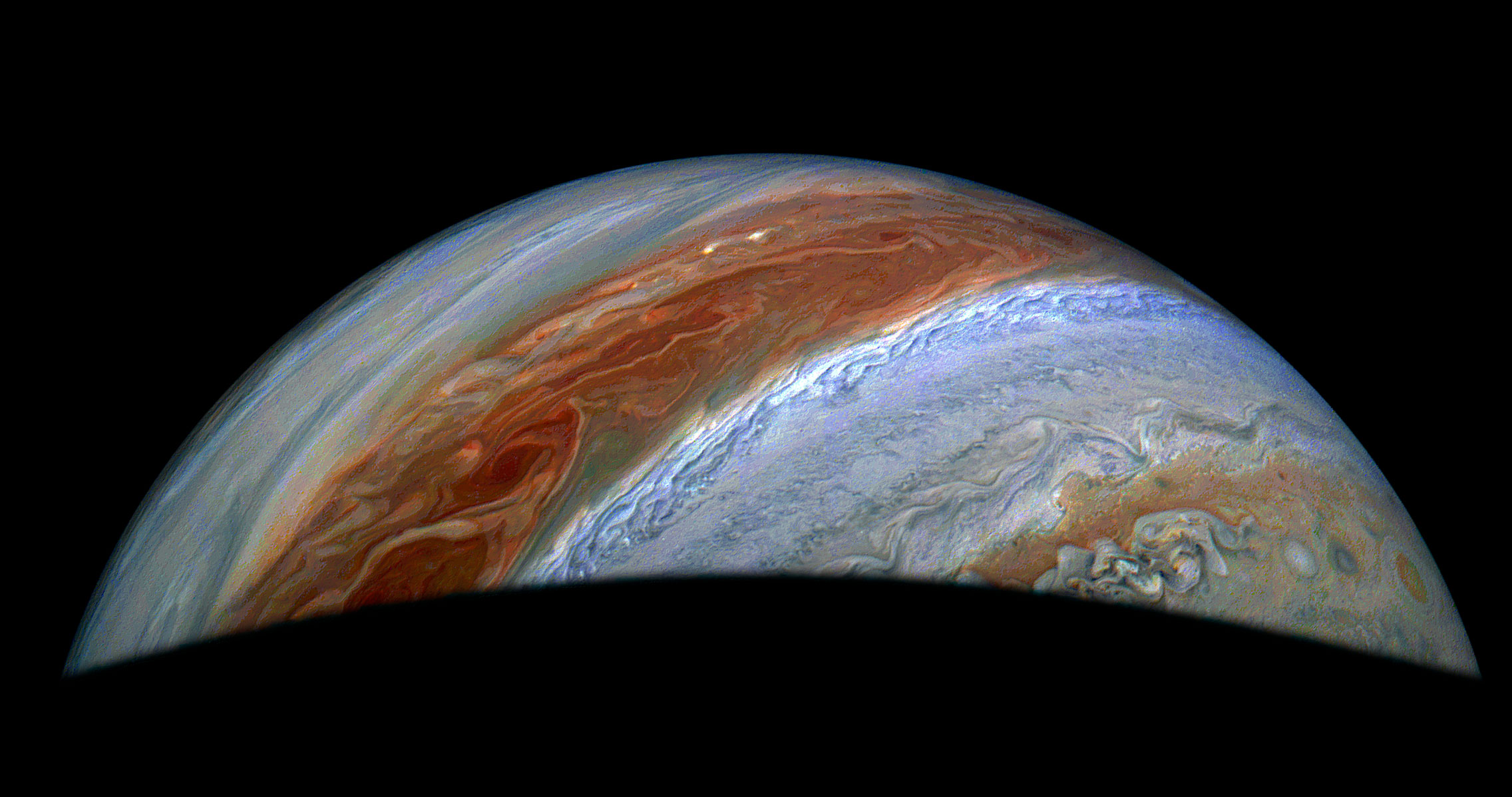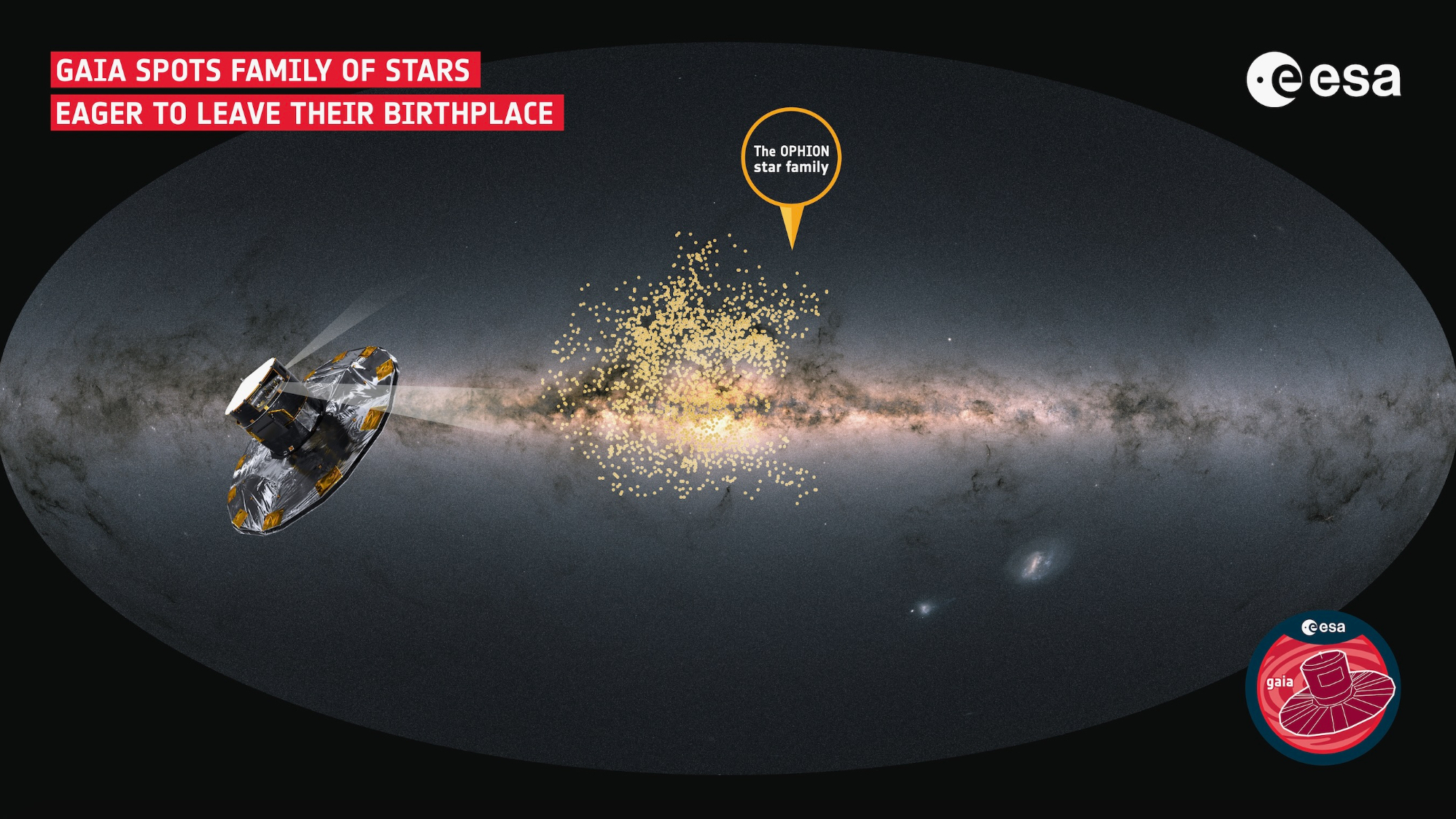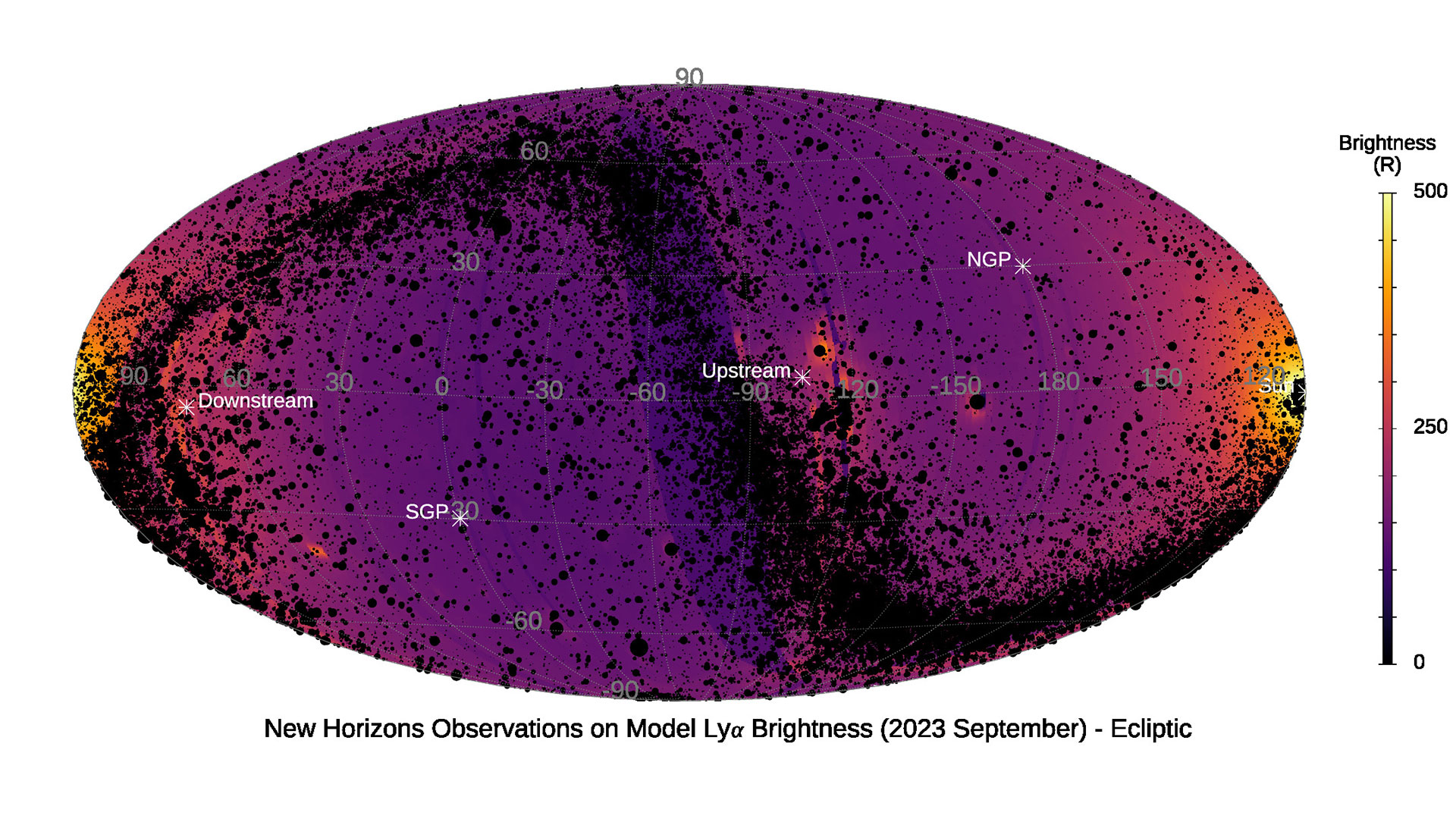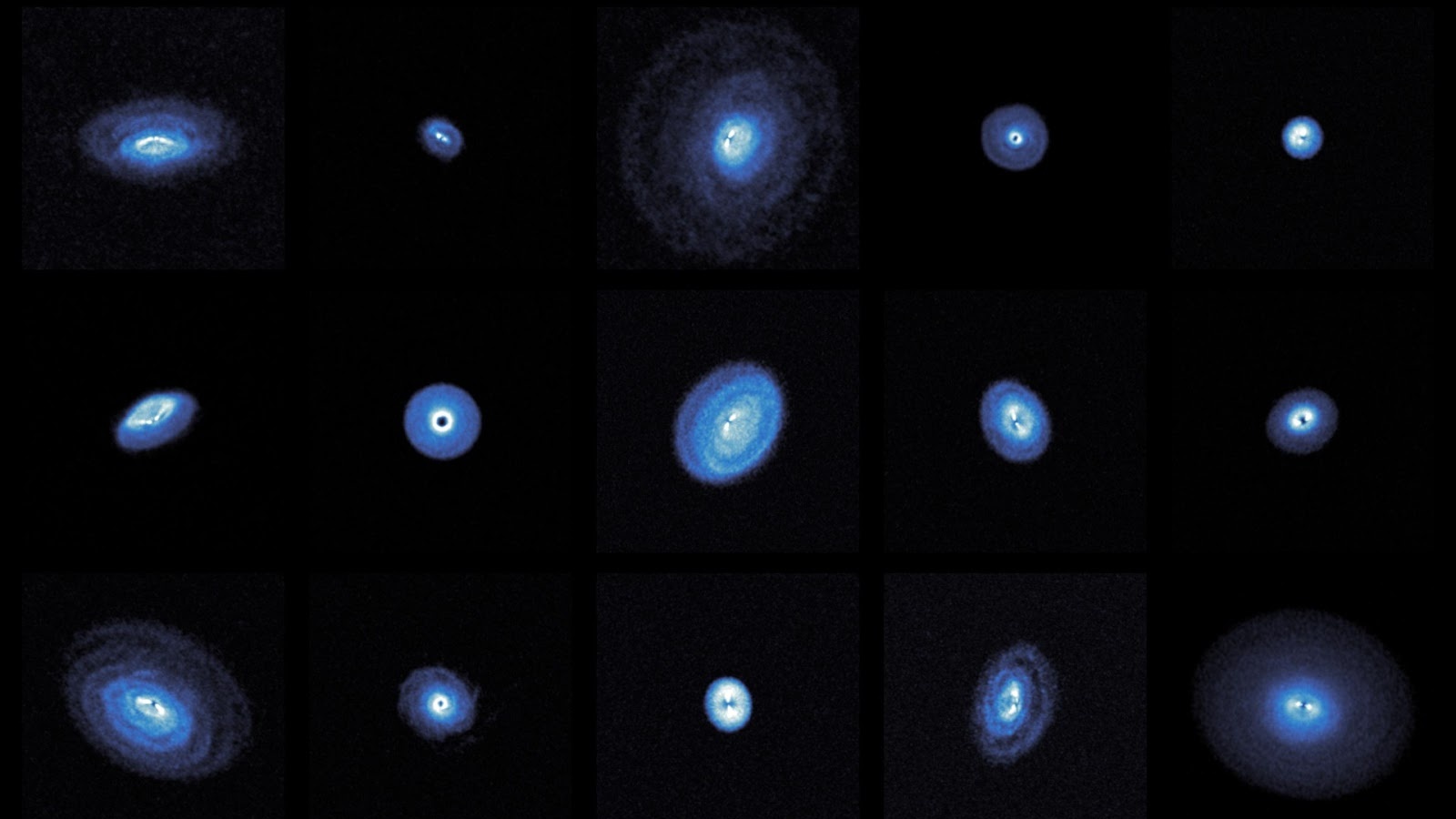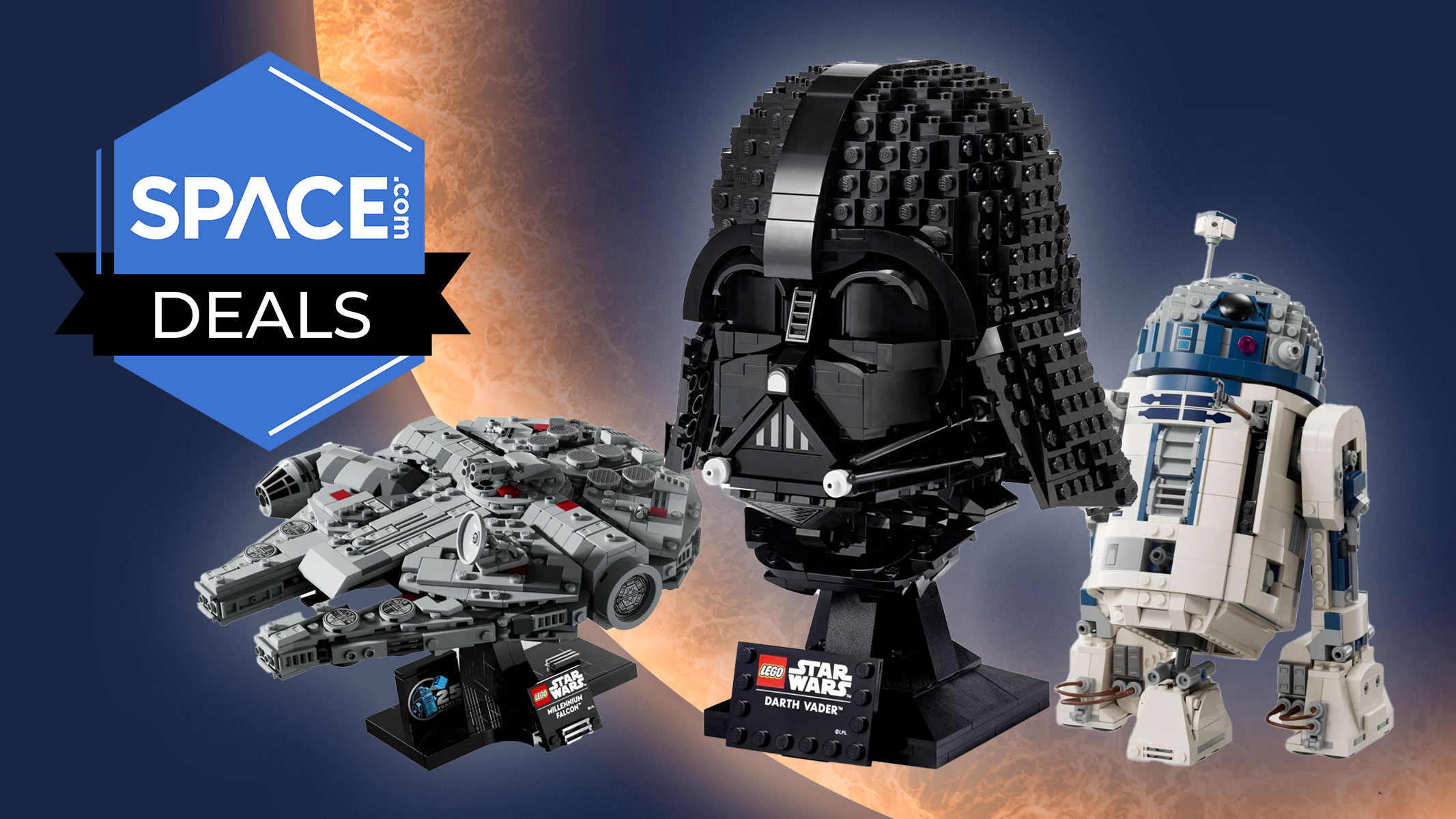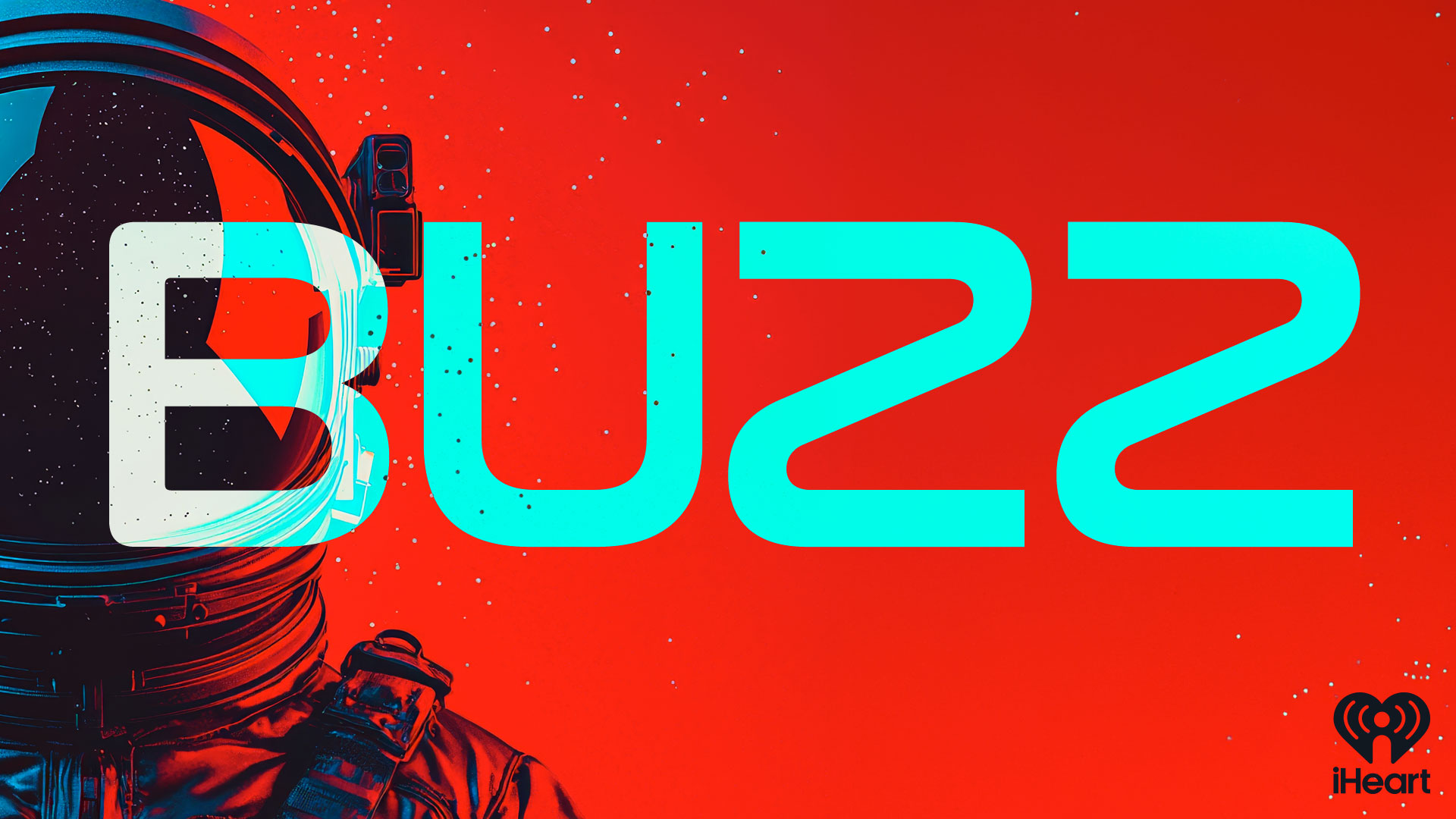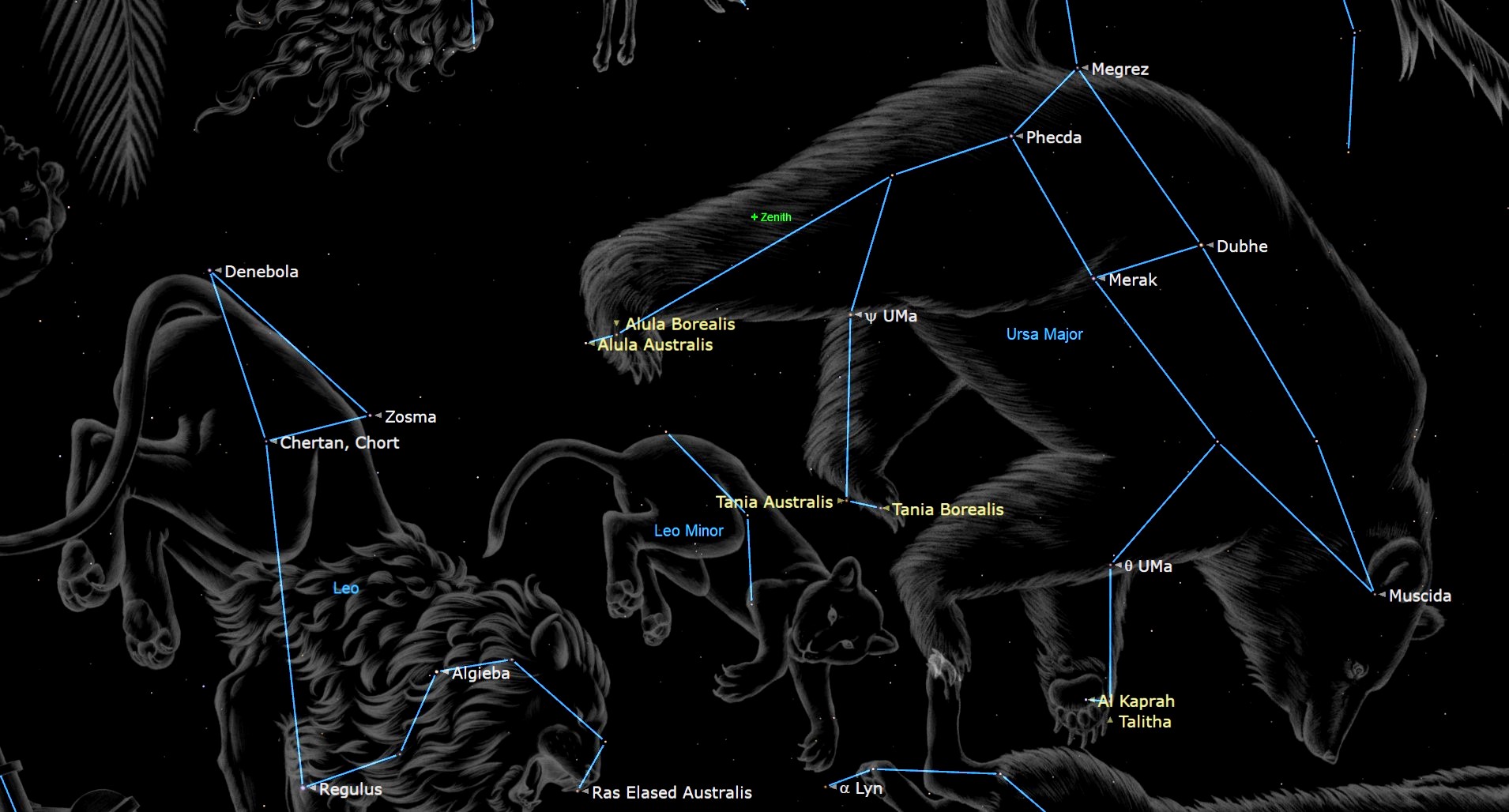Japan to Launch Asteroid-chasing Spacecraft Tonight: Watch It Live
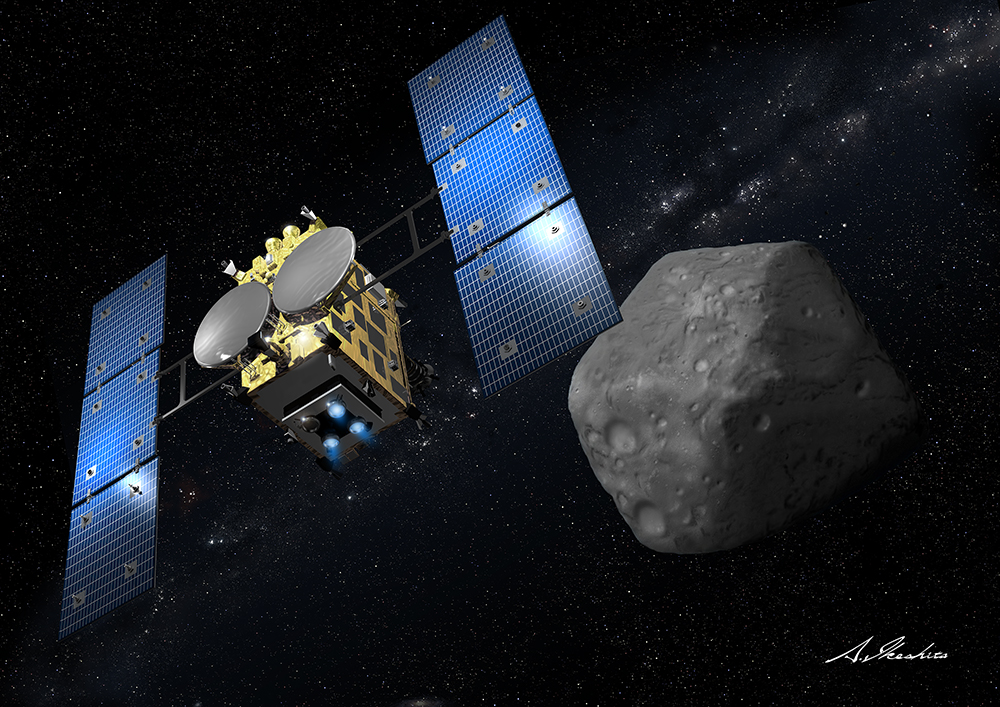
Japan is poised to launch an ambitious asteroid-chasing spacecraft tonight (Dec. 2) on a mission to bring samples of a space rock to Earth, and you can watch the space action online.
The Japan Aerospace Exploration Agency will launch the Hayabusa2 asteroid probe at 11:22 p.m. EST (0422 Dec. 3 GMT) from Tanegashima Space Center, with JAXA officials offering a live webcast of the liftoff.
You can watch the asteroid mission launch webcast live on Space.com, courtesy of JAXA, beginning at 10:25 p.m. EST (0322 GMT/12:25 p.m. JST). At Tanegashima, the local time will be 1:22 p.m. Japan Standard Time on Wednesday, Dec. 3, at launch time. [Japan's Hayabusa 2 Asteroid Mission in Pictures]
The Hayabusa2 mission will send a spacecraft, three rovers and a small lander to the asteroid 1999 JU3, a space rock that is thought to contain water and organic material. It should take Hayabusa 2 about four years to reach the asteroid, then two more years to return samples of the space rock to Earth in late 2020, according to a JAXA mission description.
JAXA's Hayabusa2 mission will examine asteroid 1999 JU3 using an orbiter, a French/German lander and a rover. The spacecraft will fire a small impactor at the asteroid to excavate subsurface materials and then scoop those up for a return to Earth.
Asteroids are believed to be the building blocks of the solar system, representing a time billions of years ago when the area was little more than rock and ice. Over time, small chunks of material coalesced into the planets and moons we see today.
Hayabusa2 is a successor mission to the first Hayabusa, which launched in May 2003 and arrived at asteroid Itokawa in September 2005. Despite several glitches, that first mission managed to picked up a few grains of asteroid material and return them to Earth in a sample-return capsule that landed in the Australian outback in June 2010. This material has since been distributed to scientists worldwide.
Get the Space.com Newsletter
Breaking space news, the latest updates on rocket launches, skywatching events and more!
Major changes to the sampling mechanism have been made for Hayabusa2, including an improved seal, increasing the number of sample compartments from one to three, and a backup mechanism that can pick up samples if Hayabusa 2 makes a sudden stop.
As with the predecessor mission, Hayabusa 2 will use an ion engine to make the journey to and from the asteroid. This method of propulsion will use about a tenth of the power a similar chemical-propellant engine would require, JAXA said in a statement.
"While Hayabusa has recorded a number of [the] world's first achievements, Hayabusa2 is aimed at enhancing the reliability of asteroid exploration techniques," JAXA officials wrote in a mission description. "At the same time, Hayabusa2 will challenge to obtain new technologies such as creation of artificial craters, high-speed communications in deep space, and new observation instruments."
The mission was originally slated to depart Nov. 30, but was postponed after clouds with ice were projected to be in the launch area.
JAXA is also streaming live launch views via its website, YouTubeand Ustream.
Editor's Note: This story was updated at 11 am ET to correct the name of Hayabusa2, per JAXA.
Follow Elizabeth Howell @howellspace. Follow us @Spacedotcom, Facebook and Google+. Original article on Space.com.
Join our Space Forums to keep talking space on the latest missions, night sky and more! And if you have a news tip, correction or comment, let us know at: community@space.com.

Elizabeth Howell (she/her), Ph.D., was a staff writer in the spaceflight channel between 2022 and 2024 specializing in Canadian space news. She was contributing writer for Space.com for 10 years from 2012 to 2024. Elizabeth's reporting includes multiple exclusives with the White House, leading world coverage about a lost-and-found space tomato on the International Space Station, witnessing five human spaceflight launches on two continents, flying parabolic, working inside a spacesuit, and participating in a simulated Mars mission. Her latest book, "Why Am I Taller?" (ECW Press, 2022) is co-written with astronaut Dave Williams.
